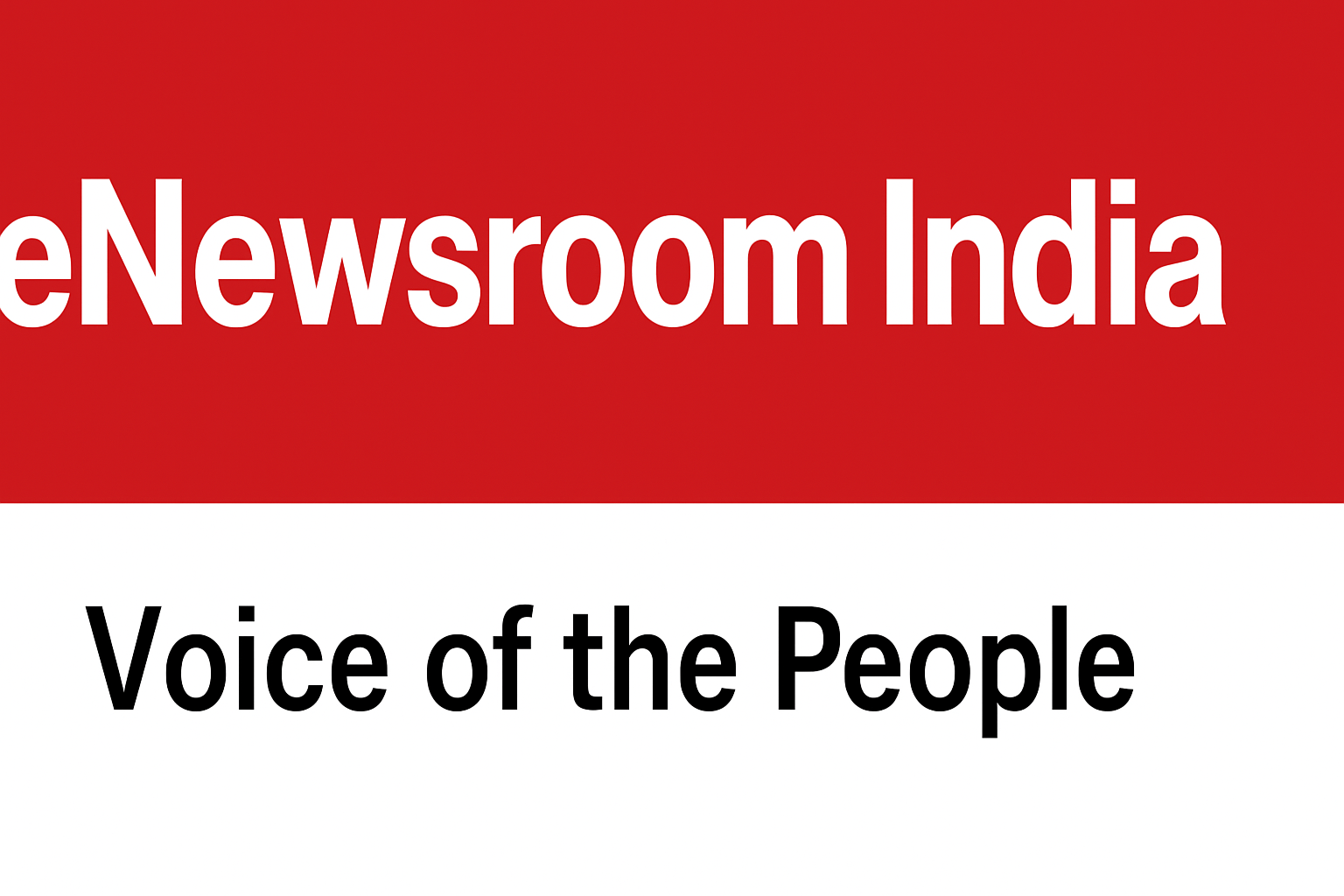Delhi: Diwali, the “Festival of Lights,” is celebrated with grandeur across India to mark the triumph of good over evil and light over darkness. Families decorate homes with diyas, candles, and lights, exchange sweets and gifts, and pray to Goddess Lakshmi for prosperity. However, amid this joyous spirit, one tradition—bursting firecrackers—has increasingly come under scrutiny, particularly in Delhi, where it worsens one of the world’s most severe air pollution crises.
Delhi’s Air Quality: A Year-Round Challenge
Delhi consistently ranks among the most polluted capitals globally. According to the World Air Quality Report 2023 by IQAir, Delhi retained its position as the world’s most polluted capital for the fourth consecutive year, with an average PM2.5 level of 92.6 µg/m³, nearly 18 times higher than the WHO’s safe limit. The city’s air quality deteriorates each winter due to multiple factors—vehicle emissions, construction dust, industrial discharge, and stubble burning in neighboring states like Punjab and Haryana.
During late October and November, temperature inversion and calm winds trap pollutants close to the surface, forming dense smog. When Diwali fireworks add bursts of particulate matter, nitrogen dioxide, and sulfur dioxide to the mix, the city’s Air Quality Index (AQI) often shoots beyond 500, falling into the “severe” or “hazardous” category.
The Health and Environmental Impact
The consequences are immediate and widespread. After Diwali night, hospitals across Delhi-NCR report a 25–30% spike in respiratory and cardiac cases, according to data from the Safdarjung and LNJP hospitals. Children, the elderly, and those with asthma or heart disease are the worst affected. Even healthy individuals experience eye irritation, coughing, and shortness of breath.
Prolonged exposure to high PM2.5 levels can lead to chronic bronchitis, reduced lung function, and increased risk of heart attack and stroke. The Centre for Science and Environment (CSE) notes that air pollution shortens the average life expectancy in Delhi by up to 11.9 years. Beyond humans, the smog also harms animals, reduces photosynthesis in plants, and accelerates environmental degradation.
Measures and Challenges in Implementation
Recognizing the severity of the situation, the Supreme Court and the National Green Tribunal (NGT) have repeatedly banned the sale and use of conventional firecrackers in Delhi and adjoining areas. “Green crackers,” which emit about 30% less particulate matter and noise, have been introduced, but enforcement remains inconsistent. Despite restrictions, local authorities seized over 1,200 kg of illegal firecrackers in Delhi ahead of Diwali 2024, reflecting both public resistance and enforcement challenges.
Towards an Eco-Friendly Diwali
Public awareness is slowly shifting. Schools, NGOs, and media campaigns have successfully encouraged many to opt for eco-friendly Diwali celebrations—lighting diyas instead of fireworks, using green crackers, planting trees, or donating to underprivileged families. Social media movements like #CleanAirDiwali and #SayNoToCrackers are gaining traction among the youth.
A Festival That Truly Spreads Light
The essence of Diwali lies in illumination, not pollution. A collective move toward sustainable celebration can help Delhi breathe easier and ensure that future generations inherit not just a tradition of lights, but a cleaner, healthier environment. A green and mindful Diwali can truly reflect the victory of light over darkness—in every sense.


